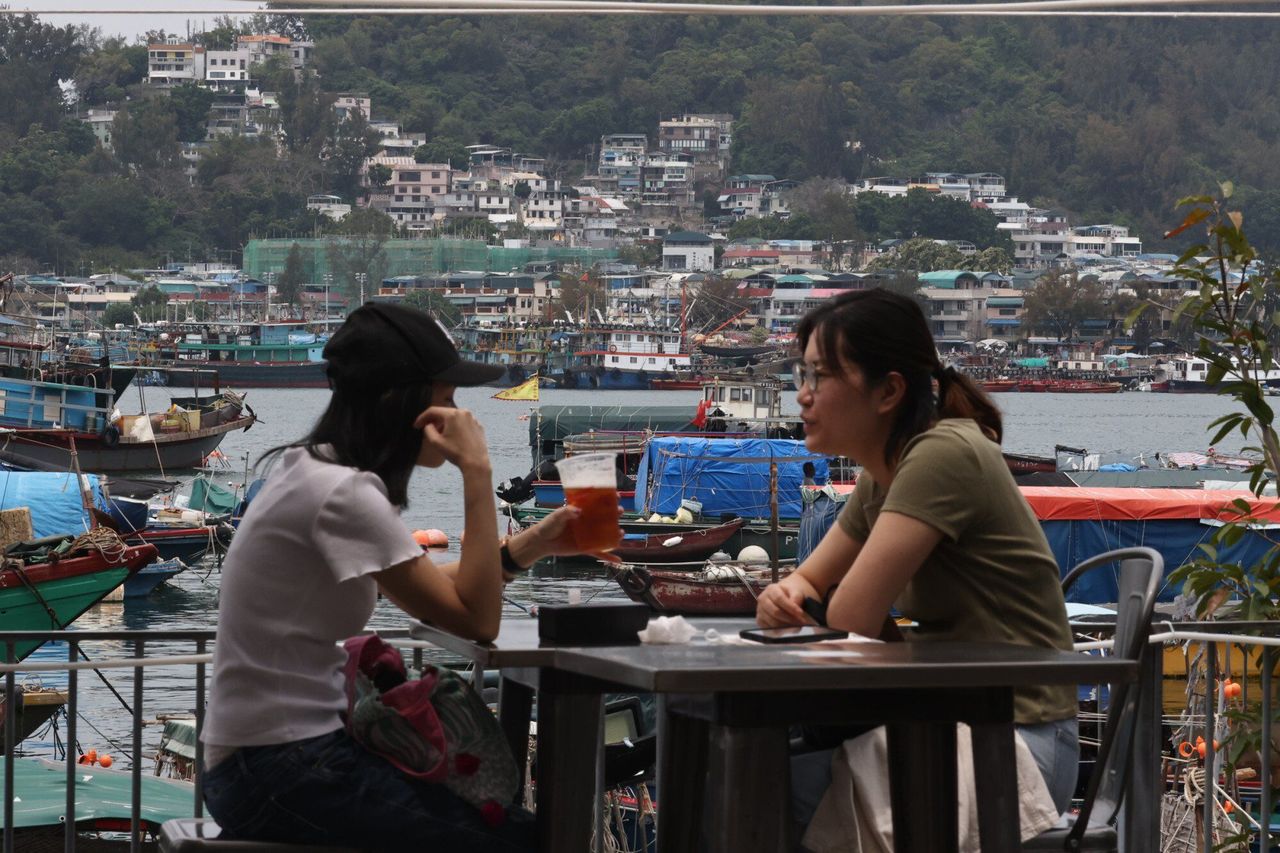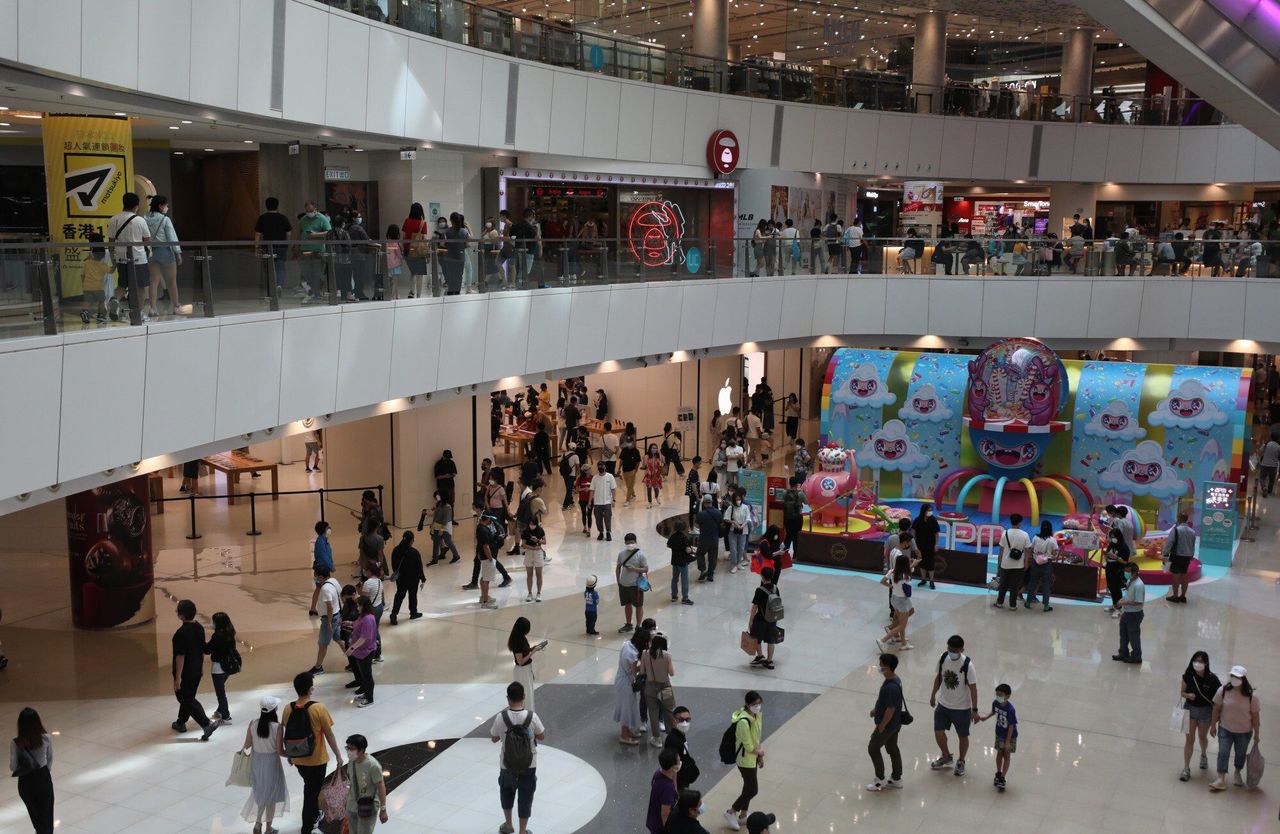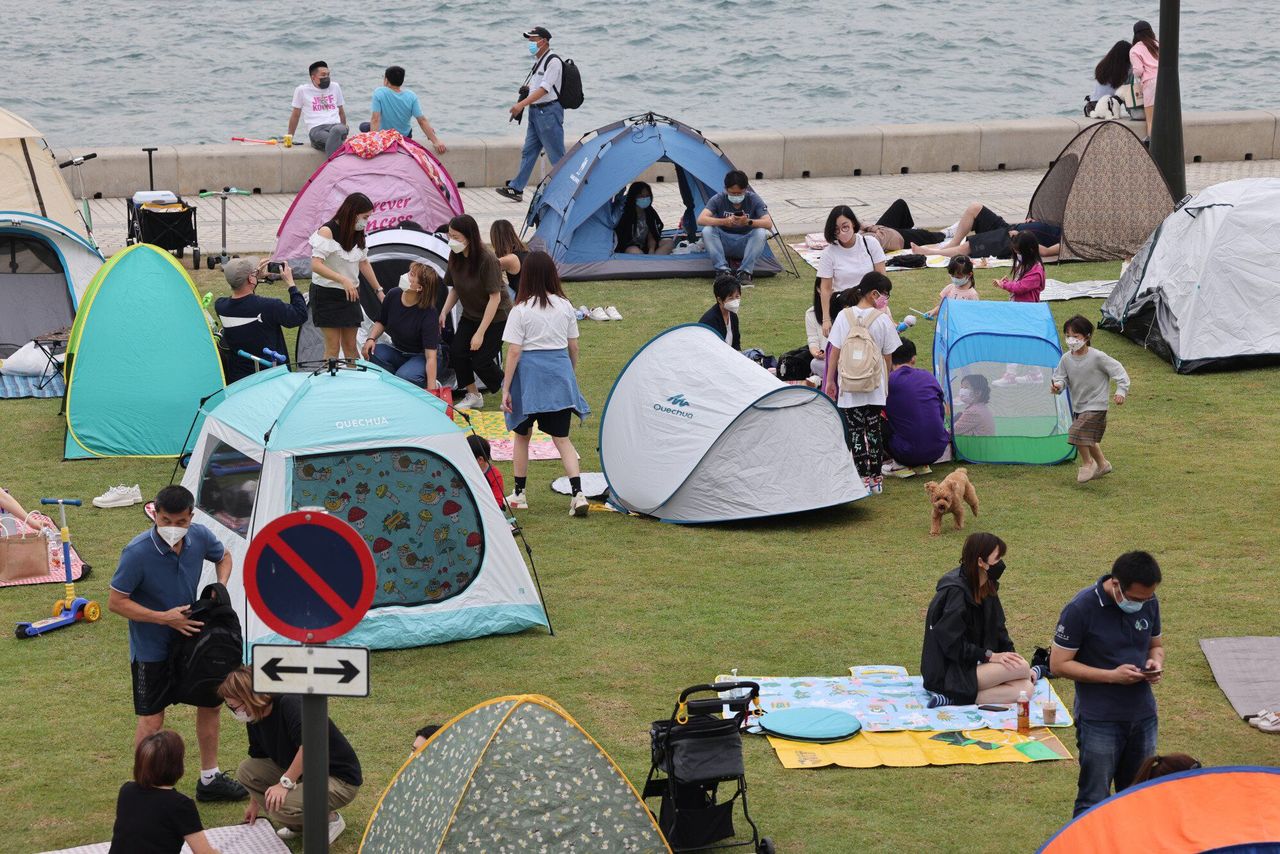Hong Kong News

Hong Kong restaurants, malls report boom in business amid Easter holidays
Hong Kong’s catering and retail sectors have reported a double-digit surge in business during the Easter holidays, despite social-distancing curbs reining in some of their growth, according to industry professionals.
The boom in business was also fuelled by the government’s distribution of the first half of HK$10,000 (US$1,275) in consumption vouchers earlier this month, with residents snapping up goods such as electronics and premium groceries.
Industry professionals estimated that business in the catering sector grew by 20 per cent during the four-day Easter break as more people dined out, while footfall in some shopping centres increased twofold.
“We see many people coming out, especially to shopping malls and other tourist areas such as Sai Kung,” according to Simon Wong Ka-wo, president of the Hong Kong Federation of Restaurants and Related Trades.
 Industry professionals estimate that business in the catering sector grew by 20 per cent during the four-day Easter break.
Industry professionals estimate that business in the catering sector grew by 20 per cent during the four-day Easter break.
“Many people are queuing up to enter restaurants and business has increased to a certain extent. But we still can’t operate after 6pm and a two-person limit per table still hinders our growth,” he added, referring to the current social-distancing curbs.
Ahead of the easing of Covid-19 restrictions this Thursday, Wong noted that restaurants had begun stocking up on ingredients from suppliers and hired more workers to cope with an expected rise in customers.
“Last year, business bounced back suddenly and we were caught by surprise. Many food suppliers were not able to supply enough materials, so that’s one thing we have to get ready for,” Wong said.
The first phase of relaxed measures will allow for an extension in dine-in services at restaurants from 6pm to 10pm, with up to four people per table.
Gyms, beauty and massage parlours, cinemas, game centres, theme parks and places of worship will also be allowed to reopen.
But not every restaurant group has benefited from higher traffic during the break.
“People have already spent their consumption vouchers and bought whatever they needed. The two-person limit per table has also made it harder,” said Mike Chan Kok-chu, director of the Happiness Group, which runs five restaurants and employs about 1,000 staff.
Still, he added that he hoped for a 20 to 30 per cent increase in people dining at his eateries after restrictions were relaxed, as his company had planned set meal deals for when the four-person limit takes effect.
Peter Shiu Ka-fai, a lawmaker representing the retail sector, said there was a sharp rise in people heading out during the Easter break, as consumption vouchers had motivated them to spend more at different stores.
The increase in people out and about was quite noticeable as most residents had stayed home during the outbreak, he added.
As local consumption rebounds, developer Sino Group said three of its major shopping malls in Tuen Mun, Tsuen Wan and Olympic recorded a 50 per cent increase in turnover and a 25 per cent rise in traffic during the four-day holiday.
 Crowds of people in a shopping mall in Kwun Tong during the Easter holidays.
Crowds of people in a shopping mall in Kwun Tong during the Easter holidays.
Some brands selling health and personal care products saw a month-on-month increase of 100 per cent in sales, while purchases of audiovisual equipment and other electronics rose by more than 35 per cent, according to Bella Chhoa Peck-lim, director of asset management at Sino Group.
Sun Hung Kai Properties noted that traffic doubled and business rose by 30 per cent during the break in 15 of its major shopping malls around the city. The best performing industries were jewellery and audiovisual electronics, according to a spokeswoman.
Among the shoppers who splurged on electronics was 36-year-old Vincent Lee, an insurance agent.
He used the consumption voucher on a new iPad after queuing up for 30 minutes outside Broadway, an electronics retail chain, in Mong Kok over the break.
 The West Kowloon Cultural District on Friday.
The West Kowloon Cultural District on Friday.
“I wasn’t exactly saving up for it, but now that I have the government voucher, I plan to get it,” he said while waiting in line. “The more money the government gives out, the better for us.”
Cara Chan, 29, a copywriter, spent HK$1,500 of the e-voucher on high-end groceries from a North Point supermarket, such as premium Japanese Wagyu beef and some seafood to cook with her boyfriend.
“The e-voucher came at the right time and it has cheered people up during the toughest time in the virus fight,” she said.
She used up the remaining amount to buy skincare products from shopping malls in Causeway Bay.
More than 6.3 million eligible residents received digital coupons worth up to HK$5,000 on April 7, with another HK$5,000 to be distributed in August.
The latest round of the consumption voucher scheme offers double the amount provided to each resident in the government’s previous programme. This year’s handouts are expected to cost the government HK$66.4 billion.
The e-payment platforms disbursing the vouchers are Octopus, AlipayHK, Tap & Go and WeChat Pay HK. Alipay is operated by Ant Group, an affiliate of Alibaba Group Holding, which owns the South China Morning Post.











